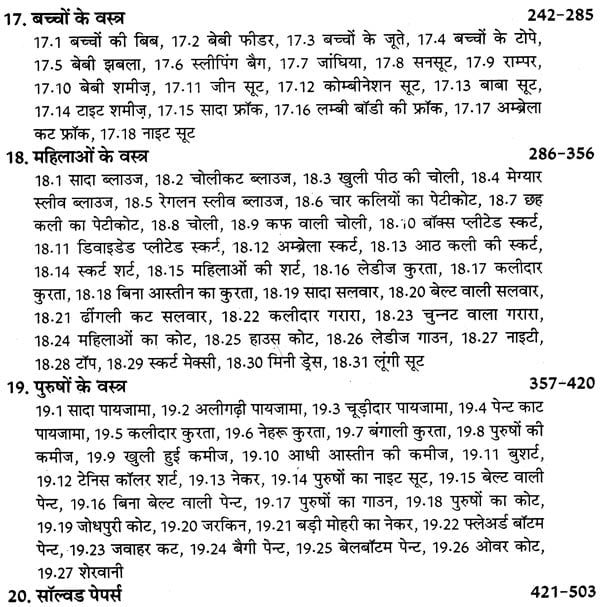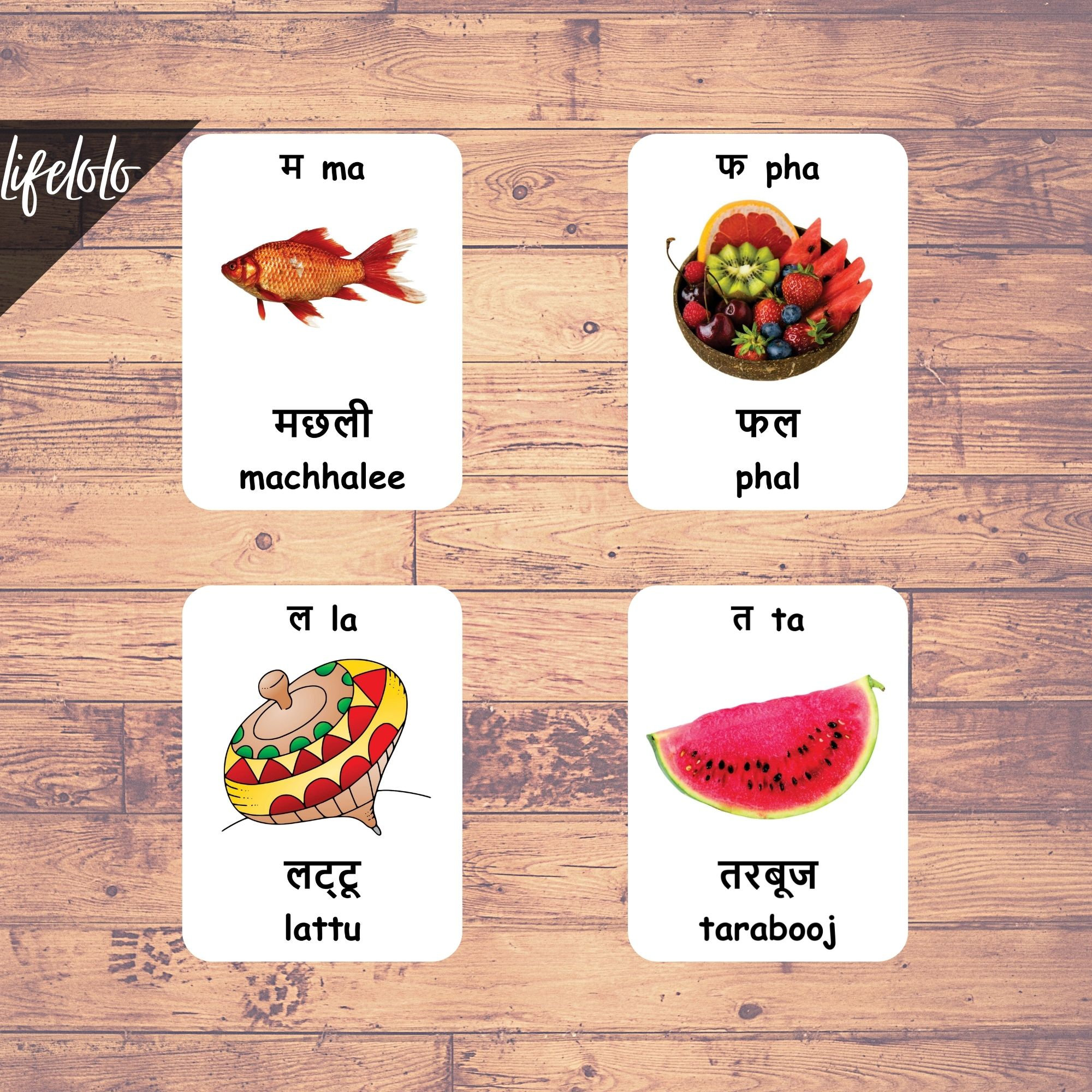sewing pronunciation in hindi
sewing pronunciation in hindi
sewing pronunciation in hindi Sewing is a craft that u.s.s a needle and weave to tie something or connect something . The history of stitchery dates back ks of years BC . Sewing has its own basic stitchery proficiency, different from weaving and fancywork . In general, all still use the basic proficiencies of traditional stitchery, until the stitchery motorcar came out in 1790, invented by Thomas Saint.
Download
Basic Sewing Techniques
Nowadays , sartors generally use sewing machines more often . The machine is shared out into two, that is to say traditional and electric . Even so, the basic sewing techniques are still beingness studied because purchasing a machine requires sir thomas more capital . Another reason is that victimization basic stitchery techniques will give you much best results and variety than machines . Here's an explanation for the staple stitching proficiency:
1 . Skewers
The staple technique of stitching a basting stitch stitch is a technique in which the practice strikes from child to left . This stitch technique is useful for fashioning sews neater and even out perfect . The basting stitch stitch practice has 3 purposes, viz. sewing the sides of the cloth, ending the ends of a form, and making the textile wealthy person a wrinkle effect.
As for the basting technique, there are 3 types, videlicet:
Ordinary Skewers : This technique is done with unequal distances, different.
Skewer a certain distance : This technique u.s.s a uniform distance . This type of baste stitch is utilitarian for temporary worker stitches.
Skewer Barrier : This technique usas a single blank . between each stitch . This stitch is made with twofold threads so that when the stitch is ruined, there is a shadow of the last stitch.
2 . Stabbing Traces / Flip
The following basic stitching technique is the imprint lancinate technique or another identify for the back up knife thrust stitch . This give chase stitch has the same groove as a stitching machine . How to make a trail stab stitch pattern is to do the stitches twice from the top stitch . The office of the trail stab is to make cosmetic agate line decorations that are heterosexual, round, or other shapes according to the desired intent . Examples of the resultant roles are the motives on the sarong in the cast of boxes, fashioning accented occupations, writing, and others . Another function is to connect materials with other textiles and slide fastener connecters with fabrics.
3 . Skewer Flannel
The basic technique of sewing flannel stitches is in general used as a method acting of sewing the edges of the garment organism overlaid . Basically, flannel stitches are used on textiles that wealthy person an expensive marketing assess . The flannel stitch technique has 3 uses, that is to say as decoration, basic stitches, and shadow fancywork with tight spacing that can follow the motive.
How to apply a flannel stitch is to do a basting stitch stitch on a fabric that has been sewed 3-4cm with a 0.75cm step rearward . Insert the needle to the right and backrest over again 0.5 cm . Thread back over the number one sew and proceed until you're done.
4 . Skewer Feston
Feston has a use to coating the lint on the seam . An exercise is the loop on the arms in baby clothes . In addition, the Feston stitch figure also helots as a decoration . Especially if the combination of staple and decorative thread colors has a good harmony . The form of ornamentation that can be made with a festival pattern is a flower-ilk pattern.
5 . Prick the Wrap
The bandage stitch pattern is useful for stitching damaged lint on curler clinches . Another part is as a finishing technique on the edge of the seam . How to sew with the basic technique of balut sew is leftfield to right and vice versa at a slight angle.
6 . Skewer / Stem
Especially useful as a decoration on a material . The results that can be obtained from spliffs are in accordance with the results, viz. the form of the stem . It is possible to make other foundings with stick sticks, but in general they are made to make sticks.
How to apply the wedge sew practice is to sew back 1/2 cm and tie 5-6 togs to the textile . After that the needle is pulled out and acquires a stalk sew together . This pattern is recurrent until the coveted result is obtained . If you want to get a larger size, the stitch length is made tighter and the textile is larger.
7 . Chain Stitch
As the name connotes, the basic proficiency of stitching a chain stitch has a pattern that forms a chain . This pattern is utilitarian for devising ornaments on materials in the form of irons, for exercise, tree branches and tree ramifies.
How to bring in a chain sew is to take a tread frontward in sewing . First, stick the needle from the bottom of the inning to the top of the fabric . After that the needle will be inserted back into the hole where the needle formed a circuit due to the previous puncture . Pull the needle and reiterate the pattern until the sought after approach pattern is formed.8 . Cross Skewer
The cut through stitch traffic pattern is secondhand as a ornamentation on the material . How to work a scotch stitch approach pattern is to sew from the top right to the bottom of the inning leftfield, after that the direction is made to the bottom of the inning right . The minute stab volition start at the bottomland right and so work towards the top left . Make sure that the stitches are aligned at the top and bottom so that they form a nifty cross run up . Repeat until you get the sought after result.
9 . Skewer Piquar
The piquar stitch is a basic sewing proficiency that is useful for attaching furred materials . Generally used on fur pelages, jackets, or suit of clothes . Another role of piquare stitch is as a ribbon on other dress.
10 . Skewer Som
The som stitch design is used to sew and lock the folds in the textile . Fabrics that rich person been locked with a som stitch pattern cannot be opened over again easily . How to use the som technique is to stay put the weave into the folded cloth . Pull the wind and and then stab it back next to the stitch with a tight distance . Repeat until you get finished stitchery the fold ups.
11 . Flatback
The basic technique of stitching a straight stitch is from left to right . This practice is made by going up and down in the mouth in a heterosexual line and in layers covering the entire surface of the decoration . This technique is in the main secondhand to make ornaments in the shape of leafages or blossom crowns, and doll noses.
12 . Open Chain Stitch
Is one word form of decorative stitch that alters . This run up is basically a chain stitch with its own variances . This pattern is in general made into ornamentation on skirts because it descriptors an opened mouth.
13 . Skewers
Similar to the roll stitch type . The difference is in the serve . The parallel bars function to beautify the show up, while the roll stitch proficiency is utilitarian for connecting two fabrics together . Examples of gratings are the mould of the eyes, nose, oral fissure, and flower crowns.
14 . Skewer Roll
The staple technique of sewing a roster stitch, as the name suggests, this convention shapes a encircle when applied . This technique is secondhand to connect the textile so that the terminals of the fabric do not pile up.
15 . Bullion Stab
The Bullion stitch proficiency is not a basic sewing technique . Bullion is an advance technique seldom used by tailor-makes . The bullion stitch pattern makes lilliputian string of beads to organise petite flowers and sir thomas more.
16 . Skewer Roumani / Rumani
The roumani proficiency is the sami as the bullion stitch . This proficiency has an advanced plane and is not commonly secondhand . The Roumani stitch design is utilitarian for forming ornaments with details, for example, yearn leafages and heydays.
17 . Satin Skewer
The satin stitch pattern is secondhand to shuffle leaf-molded ornamentations in general . In addition to leaves, satin stitch technique can likewise be used to word form various decorations as sought after.
18 . Flat Skewer
The flat stitch pattern is used as a embellishment in the stitch . In general, to fill in the empty william claude dukenfield in the framework that has been created.
19 . Straight Skewer
The basic proficiency of sewing a straight person stitch has the same practice as the name connotes, which is heterosexual person . This technique is secondhand to shape blossoms and gunter grass with heterosexual person sews.
20 . Skewer Flowers
The basic technique of sewing flower stitch has a very singular approach pattern . Patterns of blossom stitches alter widely with the resultant roles forming the framework of a flower . How to do a different bloom stitch according to the sought after flower.
21 . Skewer Veston
The daar technique of sewing the vetson stitch is used on tablecloths, covers, material edges, wear edges, and so on . Including easy and can be done as teaching to babies . The stitching instruction can be done from left field to redress or vice versa . Start stitching by knifelike from the interior of the material at a status 1 cm from the end of the fabric, after that commit it out . Put it back in the cloth dear the first hole out and pull it gently . After that there will be a circulate of thread, put the meander in the circulate and so pull it . Repeat until ruined sewing.
Download




Posting Komentar untuk "sewing pronunciation in hindi"